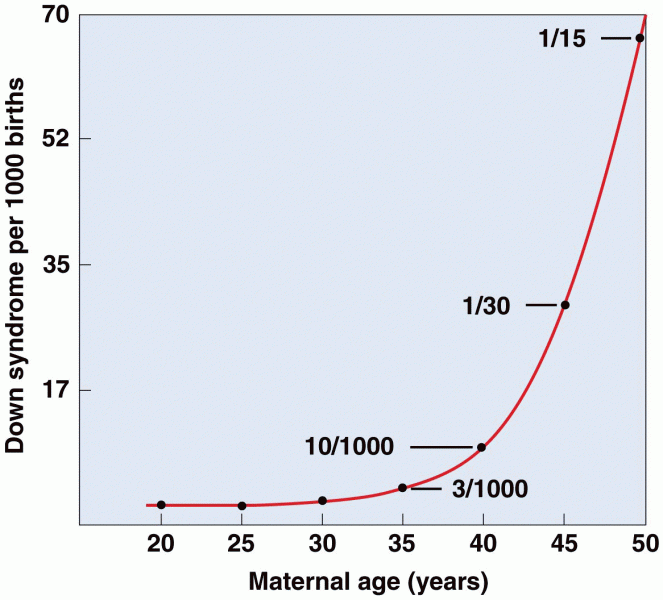Answer to Question 1
Answer: Blood volume losses due to phlebotomy can be a significant problem for hospitalized patients, especially for pediatric patients. All phlebotomists should be sensitive to the total number of daily venipunctures/phlebotomy procedures for patients. Strategies for reducing the likelihood of iatrogenic anemia include:
Maintain a log of the frequency and volume of blood collected for each patient.
Organize laboratory orders to try to coordinate draws.
Monitor the number of times a patient can be punctured.
Coordinate TDM tests with other testing requirements, if possible.
Coordinate other timed tests with routine specimens, if possible.
Be aware of patient transfers and if other tests are ordered after the transfer.
Follow procedures for discarding blood from IV lines or for butterfly draws; do not discard too much.
Participate in educational programs with nurses and physicians to remind them of volume requirements for panels of tests, how to coordinate timing of tests, etc.
Answer to Question 2
Answer: It is understandable that some patients may not allow you to have another chance at their veins. This is particularly true for patients who are sensitive to pain or become faint during such procedures, since their level of anxiety is already higher. Individuals have a right to refuse, and most health care facilities have procedures for documenting a patient's refusal. However, a phlebotomist can politely, calmly, and professionally explain to the patient that the lab results are used to help the physician make an accurate diagnosis, establish proper treatment, or monitor the patient's health status, so his or her cooperation would be appreciated. If you honestly feel that you can get the specimen with another try, you might explain that if you don't get the blood specimen on the second try, you will not try again. On the other hand, if you do not feel confident, you should not attempt a second time; instead, you should tell the patient that you will seek out someone else who may be able to perform the puncture. If the patient continues to refuse, the phlebotomist must remain professional and acknowledge this refusal, documenting the situation. The physician should also be notified of the situation.
Keep in mind that in some facilities and depending on the tests ordered, you may be able to offer the patient a fingerstick in lieu of a venipuncture. However, it is important to follow your employer's procedures in these cases.








